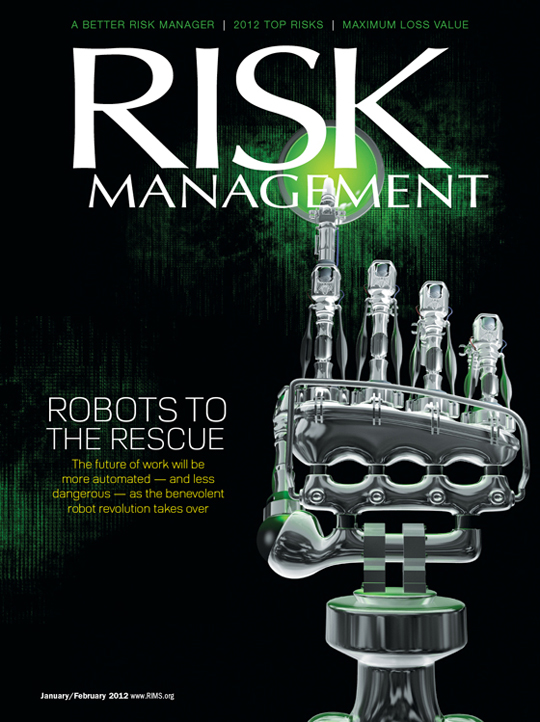The Federal Insurance Office hosted a conference this morning to discuss modernizing and improving the insurance regulations system. The conference brought together state insurance regulators, federal government officials, consumer organizations, representatives of the insurance industry and insurance experts to exchange ideas on potential areas for insurance regulatory reform.
Here are the opening comments from Deputy Secretary Neal Wolin:
FIO has begun carrying out the responsibilities laid out for it in the Dodd-Frank Act. As you all know, the office is responsible for, among other things:
- Monitoring the insurance industry, identifying gaps in regulation, and participating in the Financial Stability Oversight Council (“the Council”) – all to help ensure stability in the insurance industry and the broader financial system
- Developing and coordinating federal policy on prudential aspects of international insurance matters
- Evaluating the accessibility and affordability of insurance products for low- and middle-income Americans
- Advising the Secretary of the Treasury on insurance issues
To be clear: regulating the insurance industry is not one of FIO’s responsibilities. Nothing in the Dodd-Frank Act alters the fact that insurance is fundamentally regulated by the states.
State regulators are important partners in our work. As FIO moves forward, we understand that maintaining a strong relationship with the states will be critical for fulfilling the responsibilities Congress assigned to the new office.
In recent months, FIO has made important progress. Through its work with the Council, FIO has already lent its expertise to Dodd-Frank Act studies and rulemakings that are central to financial regulatory reform.
Both in this work, and in its advisory role helping the Council monitor risks to U.S. financial stability, FIO works closely with two other Council members who provide perspectives on insurance: Former Kentucky Insurance Commissioner Roy Woodall, who serves as the Council’s independent insurance expert, and the Director of Missouri’s Department of Insurance John Huff, who was selected by state insurance regulators.
FIO’s advisory body, the Federal Advisory Committee on Insurance, has also been established. Last month, FIO announced the appointment of 15 insurance experts, approximately half of whom are state insurance regulators, to serve as its first members.
On the international side, FIO recently became a full member of the International Association of Insurance Supervisors (IAIS), which is currently working to designate globally significant insurers and develop a framework for supervising of internationally active insurance groups. FIO will continue to work closely with state regulators as it develops and advances a U.S. perspective on these and other international insurance regulatory matters.
Finally, as you all know, FIO will report to Congress in January on how to improve and modernize the United States’ system of insurance regulation. We want the views of a wide range of stakeholders to inform our work.
To that end, we are reaching out in a variety of ways. In October, we put out a request for public comments in the Federal Register. The comment period closes on December 16, and we encourage all interested parties to submit their thoughts on the issues we’ll cover in the report.
The January/February issue of Risk Management will include an article on the timely topic of insurance modernization. Make sure to check it out online or in print February 1st. And check back here for more updates on the conference currently taking place.


